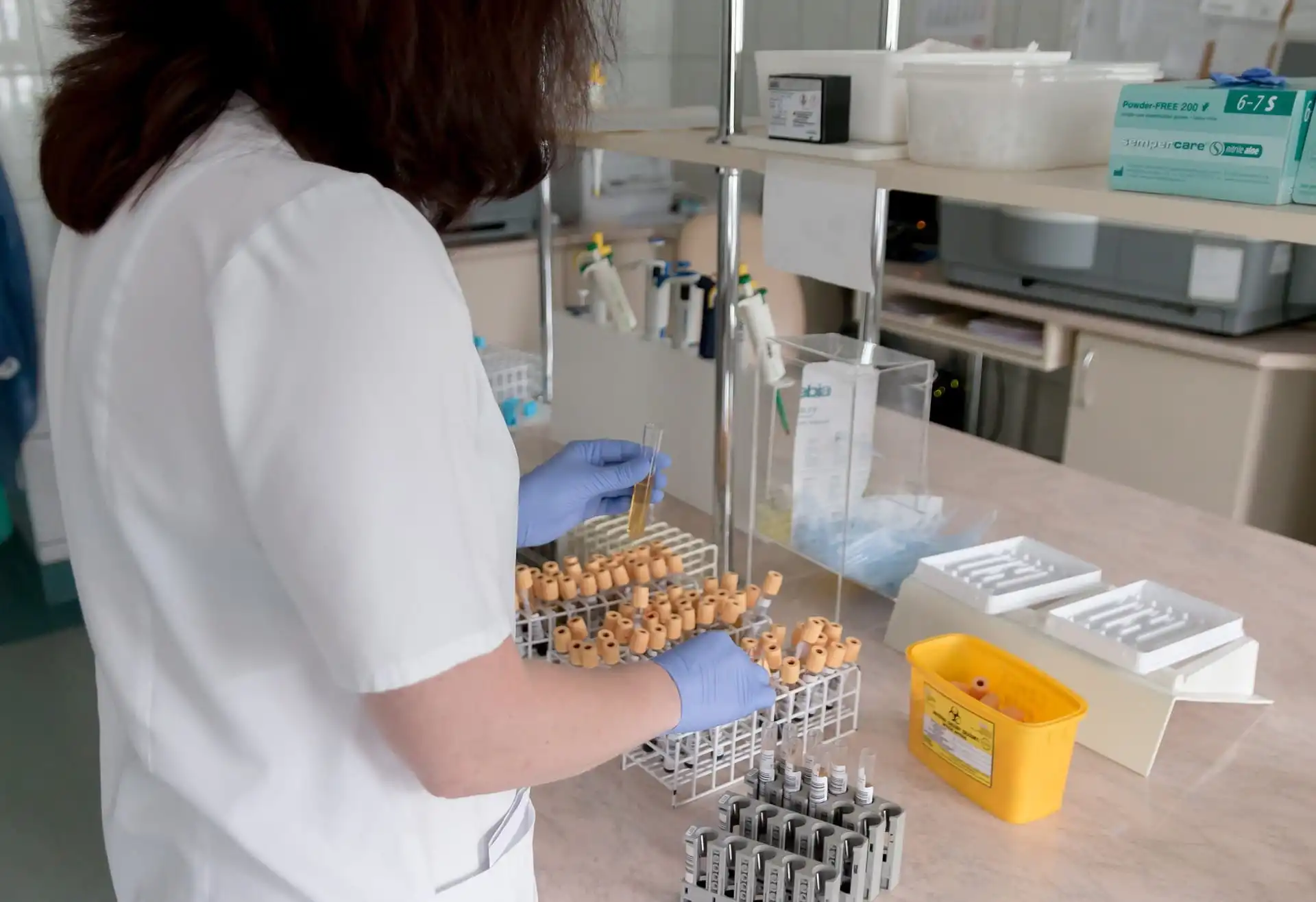
Introduction:
Chenodeoxycholic Acid Treatments ? Chenodeoxycholic acid (CDCA) is a bile acid that plays a crucial role in lipid metabolism and cholesterol homeostasis. Beyond its physiological functions, CDCA has gained attention for its therapeutic potential in various medical conditions. This article delves into the multifaceted aspects of CDCA treatments, exploring its mechanisms of action, clinical applications, and future prospects.
Want to buy GMP API pharmaceutical ingredients ?
MedicaPharma ensures access to GMP active pharmaceutical ingredients across multiple resilient global supply chains. Click here to view a full GMP API product list.
MedicaPharma is capable of supplying all GMP materials needed; our experience with sourcing materials that are difficult to obtain makes us the ultimate choice; just challenge us, we will find any material you need.
Add your Chemical Name below and click GO!
Table of Contents
Understanding Chenodeoxycholic Acid:
CDCA, a primary bile acid synthesized from cholesterol in the liver, aids in the digestion and absorption of dietary fats. Its amphipathic nature allows it to emulsify lipids, facilitating their breakdown by lipases in the intestine. Additionally, CDCA modulates cholesterol synthesis by feedback inhibition of key enzymes in the liver, thus regulating cholesterol levels in the body.
Mechanisms of Action:
- Dissolution of Gallstones: One of the most well-established uses of CDCA is in the treatment of gallstones. CDCA therapy promotes the dissolution of cholesterol gallstones by reducing the secretion of cholesterol into bile and enhancing its solubility. By increasing bile acid concentration, CDCA can effectively dissolve small cholesterol gallstones over a period of several months, thereby averting the need for surgical intervention.
- Treatment of Primary Biliary Cholangitis (PBC): PBC is a chronic autoimmune liver disease characterized by progressive destruction of bile ducts, leading to impaired bile flow and liver damage. CDCA has emerged as a cornerstone therapy for PBC, primarily through its hepatoprotective and immunomodulatory effects. By stimulating bile flow and exerting anti-inflammatory actions, CDCA slows disease progression, delays liver fibrosis, and improves overall prognosis in PBC patients.
- Management of Nonalcoholic Fatty Liver Disease (NAFLD): NAFLD encompasses a spectrum of liver conditions characterized by excessive fat accumulation in the absence of significant alcohol consumption. CDCA holds promise as a therapeutic agent for NAFLD due to its ability to modulate lipid metabolism, reduce hepatic steatosis, and attenuate liver inflammation. Clinical studies have shown that CDCA supplementation improves liver function tests and histological features in patients with NAFLD, highlighting its potential as a treatment option for this increasingly prevalent disorder.
- Neurological Disorders: Beyond its traditional role in hepatobiliary diseases, CDCA has garnered interest for its neuroprotective properties in various neurological disorders. Preclinical studies suggest that CDCA exerts neurotrophic effects, enhances mitochondrial function, and mitigates neuroinflammation, thereby conferring neuroprotection in conditions such as Alzheimer’s disease, Parkinson’s disease, and amyotrophic lateral sclerosis (ALS). Clinical trials investigating the efficacy of CDCA in these neurodegenerative disorders are underway, offering hope for novel therapeutic interventions.
Clinical Considerations:
While CDCA holds promise as a therapeutic agent across diverse medical conditions, its clinical use necessitates careful consideration of dosage, adverse effects, and patient-specific factors. Adverse effects of CDCA therapy may include gastrointestinal symptoms (e.g., diarrhea, abdominal discomfort), hepatic decompensation in patients with advanced liver disease, and drug interactions. Close monitoring of liver function tests and lipid profiles is essential to ensure the safety and efficacy of CDCA treatments.
Future Perspectives:
The therapeutic potential of CDCA extends beyond its current clinical applications, with ongoing research exploring novel indications and formulations. Advancements in drug delivery systems, such as nanoparticle-based carriers and targeted delivery strategies, may enhance the bioavailability and tissue specificity of CDCA, thereby optimizing therapeutic outcomes and minimizing side effects. Furthermore, elucidating the molecular mechanisms underlying CDCA’s diverse effects may unveil new therapeutic targets for intervention in metabolic and neurological disorders.
Where to Buy Pharmaceutical Products
MedicaPharma is an EU-based pharmaceutical distribution partner that collaborates with CMOs to provide GMP-certified active pharmaceutical ingredients (APIs) to clients worldwide. Click here for a product list.
Conclusion
Chenodeoxycholic acid exemplifies the therapeutic versatility of bile acids, offering promising treatment options for a spectrum of medical conditions ranging from hepatobiliary diseases to neurodegenerative disorders. With continued research and clinical innovation, CDCA holds the potential to revolutionize disease management strategies and improve patient outcomes in diverse clinical settings.




















